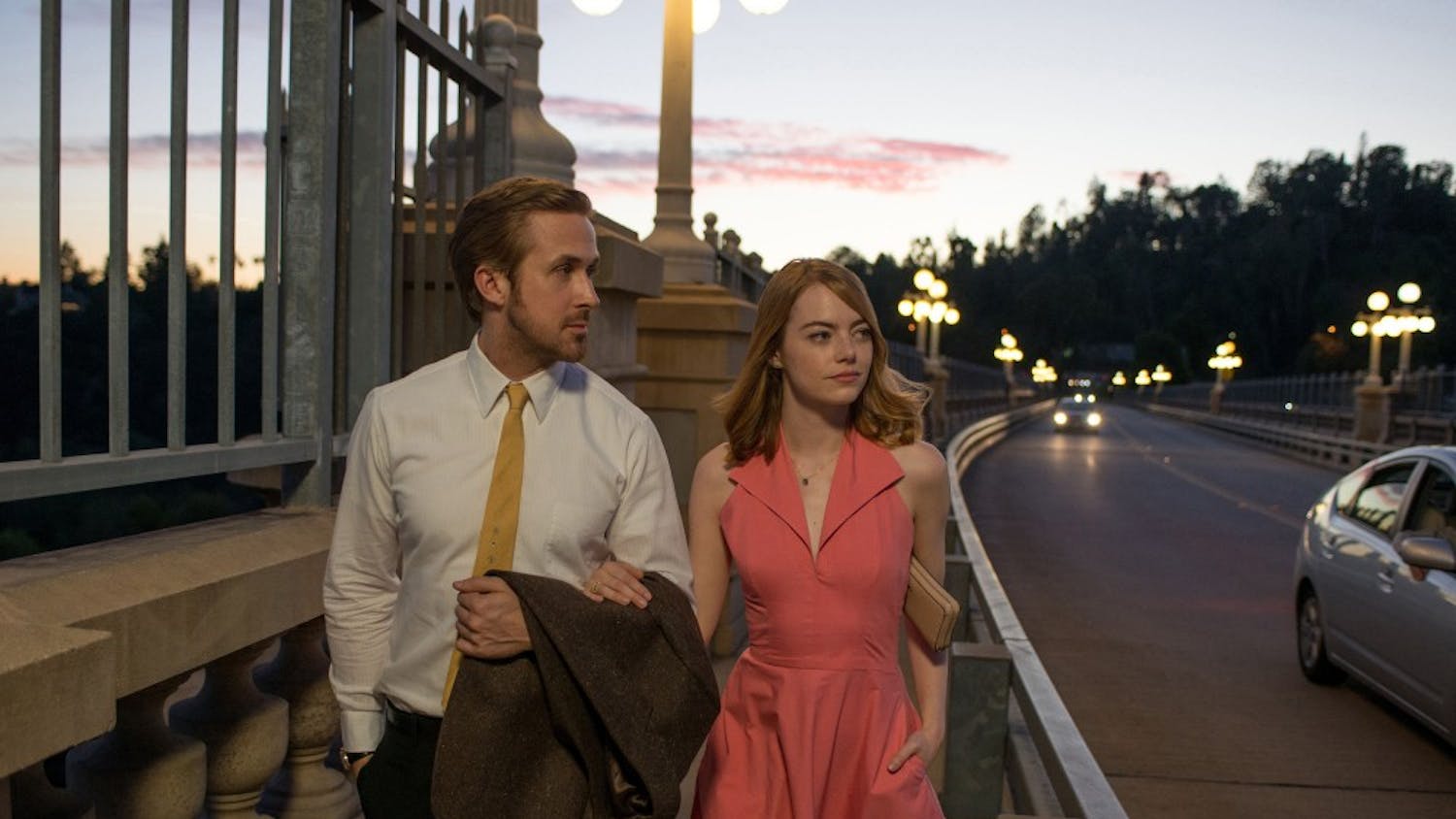Three episodes into its third Season, ABC's "Lost" is showing no signs of becoming the next "X-Files." Sure, the show has its share of mysterious happenings, quirky characters and purposely unexplained plot devices, but, along with being one of the consistently highest-rated (Nielsen, as well as critically) shows on television, "Lost" has finally cemented in place a cult fanbase as in awe and reverence of the show's undeniably attractive cast as it is with its ever-deepening lore.\nStill, there are many "Lost" fans for whom the constant pileup of new unanswered questions has become more frustrating than intriguing. So far this season, we've learned Henry Gale's real name, that James Ford possesses less mechanical knowledge than an average polar bear, and most importantly, that the Others hold regular book club meetings. But what about all the questions, most still lingering from Season One, that the producers and writers have chosen to leave unanswered? Below are 10 of the show's most puzzling, unexplained mysteries, followed by my most educated guess as to their solution as a loyal member of the cult of "Lost."\nQuestion: What exactly is that scary monster made of black smoke prowling the island, killing pilots and ripping trees out of the ground?\nLikely answer: The black smoke is a function of island security that's been given the name Cerberus (as seen on Locke's blacklight map, in reference to the three-headed dog that guarded the gates of Hell in Greco-Roman mythology). As for its composition, Cerberus is made of metallic particles controlled by the island's electromagnetic properties. It was engineered by the Hanso Foundation's Electromagnetic Research Initiative, but its reasons for discretion in choosing victims is unknown.\nQuestion: What is the real significance of Hurley's infamous numbers? 4 8 15 16 23 42... 4 8 15 16 23 42... 4 8 15 16 23 42.\nLikely answer: The numbers are part of the Valenzetti Equation, a mathematical theorem proposed by a Princeton University mathematician named Enzo Valenzetti. Essentially a doomsday equation, Valenzetti designed his theorem to predict the exact number of years until the extinction of the human race. Used in conjunction with the Dharma Initiative's and Hanso Foundation's experiments to elongate and enhance human life, the numbers have become a mantra to those who understand their significance.\nQuestion: Why is there a giant stone statue of a disembodied four-toed foot on the other side of the island? Was there an ancient civilization there at one time?\nLikely answer: The foot is the remainder of a much larger statue built by an ancient civilization wiped out by a extinction-level event in the island's past. The statue was broken apart and mostly washed out to sea by the same tsunami that brought the Black Rock (a slave ship from Season One) to rest in the Dark Territory.\nQuestion: Concerning the Others, what exactly are these people up to, anyway? Are they members of the Dharma Initiative, or is that project defunct, leaving these poor souls behind?\nLikely answer: As recently explained by Ben Linus, most of the Others have lived on the island for their entire life, yet remain connected to the outside world via media outlets. They have no formal connection to the Dharma Initiative, yet understand the importance of the Initiative's experiments, and have continued some of them in its absence. They live in their own village or villages around the island, and have taken it upon themselves to initiate some of the "good" crash survivors into their attempt at a utopian society. Their experiments on those like Walt and Claire are extensions of former Hanso projects, and done presumably to better (and populate) their own society.\nQuestion: How are the Others so connected to the outside world when no one in the outside world can find the island (except when the occasional cataclysmic discharge of electromagnetic energy is released)?\nLikely answer: Once the Dharma Initiative participants abandoned their posts, they kept up communication with the Others and fed them information from the outside world in order to further assist what projects the Others were continuing. Powerful corporate figures such as Charles Widmore, having access to personal information about anyone they chose to investigate, provided the Others with information about the castaways. The Others know how to leave the island if they desire, but would rather live their lives free of the constraints of the modern world. They understand the implications of the Valenzetti Equation, and would rather ride out the end of human existence on their own island.\nQuestion: Does the island have the ability to heal people? If so, why was Rousseau so concerned about the island's ability to make people sick? Is there a correlation between the power that returned Locke the use of his legs and the property that wiped out Rousseau's entire team?\nLikely answer: As told to Rose by Isaac of Uluru, there are places on Earth that emanate a certain energy that can be used to heal sickness and injury. The island is one of those places, and it's powerful electromagnetic fields somehow healed Locke's legs, Rose's cancer, and Jin's sterility. As for the "sickness," it is a false threat concocted by the Dharma Initiative to keep its subjects in check. Rousseau's insistence that it killed her team is due to her evidenced mental instability.\nQuestion: Looking roughly 90 episodes into the future, how can "Lost" possibly come to a satisfying and coherent end?\nLikely answer: It can't, at least not for everyone. There's no way to end a confounding, detailed series like "Lost" without pissing off a certain contingent of its fans. What the writers can do is tie up as many loose ends as possible, conclude as many multi-season character arcs as time will allow and go so far as to either prove or disprove the Valenzetti Equation's forecast. "Lost" will end either with the resolution of each remaining character's validation as a "good person," or with the end of the world as we know it. The former sounds like the best way to end a series of this type, but the latter should never be removed from the realm of possibility.
Don't get lost in 'Lost'
Confused? Detached? Let us clue you in
Get stories like this in your inbox
Subscribe





